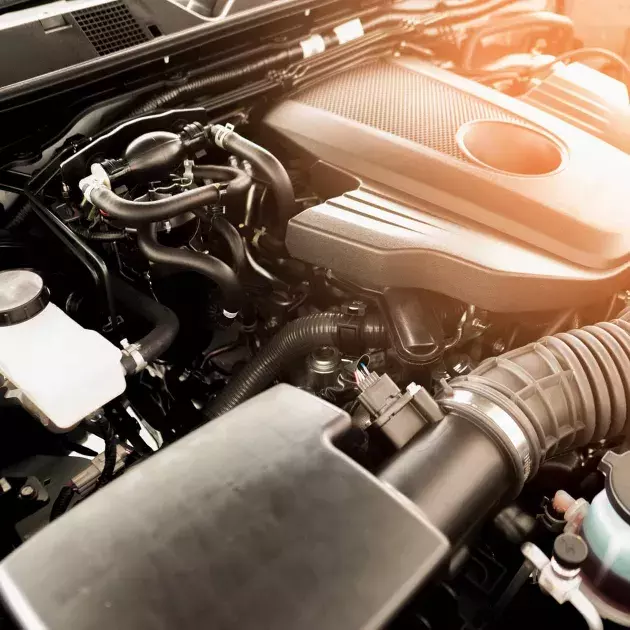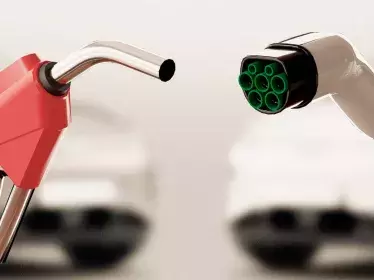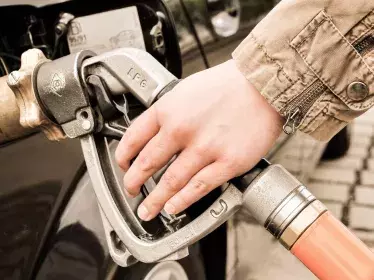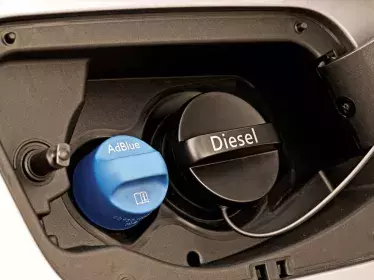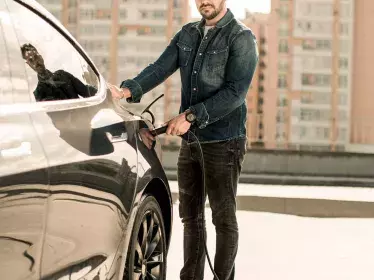Internal petrol combustion engine (ESS)
- low particulate emissions
- significant reduction in emissions for the Euro6 standard
- suitable for suburban travel and better tolerated in cities (LEZ zones)
- new engine technologies have reduced fuel consumption
- the fuel sold at the pump is lead-free and contains 10% bioethanol
P - WYSIWYG - Alignment Left
Diesel internal combustion engine (DSL)
- fossil fuel emitting less CO2 than petrol (-10%)
- Euro6d standard ensures compliance with emission standards
- LEZs will accept Euro6d Diesel until 2030
- always an interesting choice if you make long regular journeys and a large annual mileage
- Possibility of replacing fossil diesel with e-Diesel
- fuel sold at the pump contains biodiesel
P - WYSIWYG - Alignment Left
Image
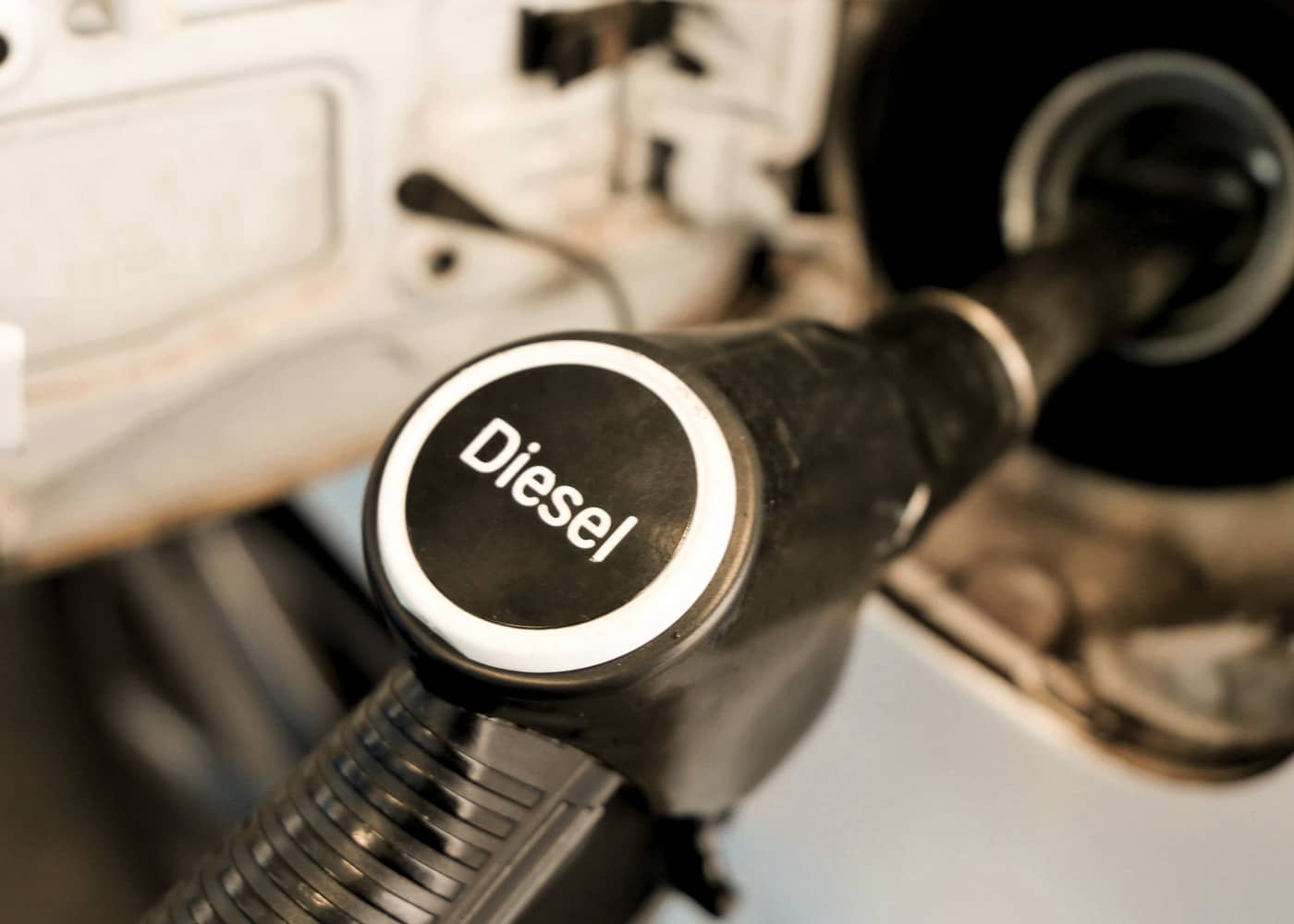
Mild hybrid electric vehicle (MHEV)
- power assist provides a boost to the combustion engine when starting and accelerating
- very small battery with no need to recharge (energy recovery during deceleration)
- engine cut-off at standstill and coasting at idle
- some more efficient systems use a voltage of 48V
- reduces fuel consumption while maintaining the flexibility of the conventional internal combustion engine
P - WYSIWYG - Alignment Left
Hybrid electric vehicle (HEV)
- an electric motor with a small battery helps the combustion engine
- the battery is recharged by recovering energy during braking and deceleration
- the electric engine can be used on its own to power the car at low speeds (30 zones, manoeuvres, traffic jams)
- runs 50% of the time on electric power in the city
- very easy to use and very flexible
- lower CO2 emissions and reduced consumption
P - WYSIWYG - Alignment Left
Plug-in hybrid electric vehicle (PHEV)
- combines the advantages of an electric car and a combustion engine car
- can be driven in electric, combustion engine or hybrid mode (both combined)
- makes it possible to drive in the city without emitting CO2
- electricity range is sometimes more than 50km, or even 100km
- very easy to charge (takes less than one night when plugged into a wall socket)
- flexible and easy to use, without the stress of running out of charge
P - WYSIWYG - Alignment Left
Image

Compressed natural gas engine (CNG)
- fuel composed mainly of methane, natural gas
- can be completely decarbonised (e-CNG)
- always has an engine capable of driving on petrol (fuel reserve so you can continue without CNG)
- accepted in underground car parks
- less polluting and more economical (10% less CO2 than petrol)
P - WYSIWYG - Alignment Left
Liquefied petroleum gas engine (LPG)
- gases consisting of propane and butane recovered during the distillation of crude oil
- with the new R67-01 standards, it is accepted in underground car parks
- no benzene and lower emissions of NOx, CO, particulate matter and unburned hydrocarbons
- very cheap fuel and a very good network of pumps
P - WYSIWYG - Alignment Left
Image
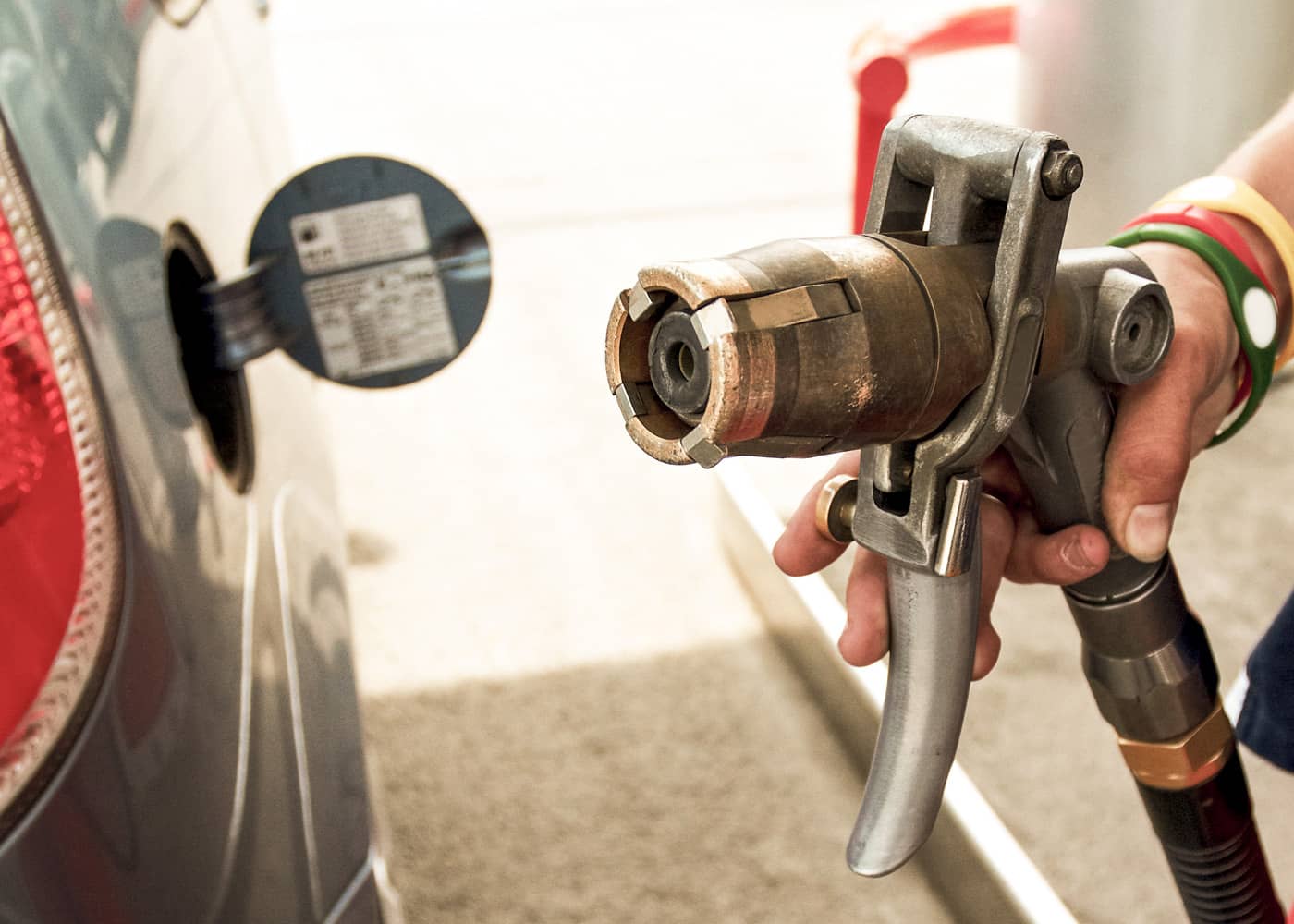
100% electric motor (battery electric vehicle – BEV)
- no engine emissions
- range depends on the model type; sometimes more than 400km
- possible to charge it at home
- (super)fast network of charging stations being fully developed (around 10,000 charging points in Belgium)
- very smooth, comfortable and quiet ride
P - WYSIWYG - Alignment Left
Fuel cell electric vehicle (FCEV)
- uses hydrogen to produce electricity to power an electric motor
- range and fast to recharge (fill with hydrogen)
- only releases water
- no heavy battery
- network of stations under development in Belgium (10 points by 2022)
P - WYSIWYG - Alignment Left


